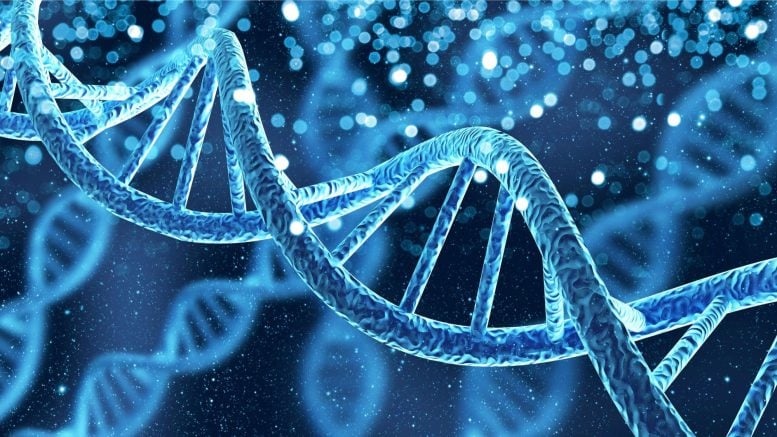
Researchers from UNSW Sydney have fully delineated the process of methylation, a key cellular procedure involving the addition of a ‘tagging’ methyl group to proteins, DNA, and other molecules, influencing cellular behavior and protein synthesis. This landmark study, drawing on a comprehensive review of the literature and utilizing yeast as a model organism, proposes a nearly complete picture of the methylation system, paving the way for new inquiries into the overall system function and potential applications in areas like baking, brewing, biofuel production, and disease treatment.
In a groundbreaking study, researchers from UNSW Sydney have completely defined the essential cellular process known as methylation for the first time. The research, which was published in the Proceedings of the National Academy of Sciences, underlines the crucial role that methylation plays in the creation of proteins.
Methylation is a biochemical process where a small molecule, known as a methyl group, is attached to or ‘tags’ DNA, proteins, or other molecules. The act of methylation can influence cell behavior, such as propelling the growth and differentiation of stem cells.
Together, Dr Joshua Hamey and Professor Marc Wilkins, from the School of BABS, have completely defined what proteins in a yeast cell carry methyl groups, where the tag is found, and what machinery has been used to put them there.
“There are some aspects of the cell that have been comprehensively understood for a while now, such as the DNA sequence of many genomes,” says Dr Hamey, lead author on the study. However, other systems, such as the cell’s chemical tagging of proteins, are almost never systematically understood.
“We’ve used a formal method to find out exactly what we don’t know about methylation,” says Dr Hamey. Through a review of all the existing literature on methylation, the duo has come to the conclusion that we do in fact know the vast majority of this process, and there’s very little left to be discovered.
“We’ve proposed a near-complete picture of this system,” says Dr Hamey. “And while it implies that there’s not more detail to be discovered in this area, it opens up exciting new questions about the system as a whole and what this methylation tag actually does.”
Is there always more to be discovered?
“Our work is about trying to understand how cells manage information and make decisions,” says Prof. Wilkins. “This is important as cells make decisions all the time to adapt to changes in environment, to change what they do, to keep on growing or to die.”
Something that has been known for some time is that within a cell, proteins can be tagged with small molecules, which serve as units of information or data. But until now we have never known, for any cell, just how many of any type of protein tag the cell has and what machinery the cell uses to put them there.
The system of methylation includes enzymes that modify another protein by adding a small molecule, in this case, a methyl group, and ‘tagging’ it. The addition of methyl groups can affect how some molecules act in the body and changes to the methylation patterns of genes or proteins can influence a person’s risk of developing certain diseases, including cancer.
“This is the space that we’ve been working in experimentally for a very long time,” says Prof. Wilkins. “I set out to characterize this particular type of cell modification [methylation], but with a focus on working inside yeast, as a model organism for human and animal cells.”
Over the years, Prof. Wilkins, Dr Hamey, and others working in the field discovered more features of this process, until it got to the point that fewer and fewer features were being identified.
“At a certain point, the more we tried, the less we could actually find,” says Dr Hamey. “The existing paradigm in this field is that there’s always more to be discovered. But this paper is challenging that idea.”
Defining the system of methylation
Together, Dr. Hamey and Prof. Wilkins systematically analyzed all the existing literature on the process of methylation in yeast. “We found a way to catalog the evidence for and against there being ‘more’ to discover in the biological system of methylation,” says Prof. Wilkins.
In any methylation process, there is a connection between two proteins (the enzyme carrying the methyl group and the protein being methylated), that make up the core unit of this system. “So if there was more to be discovered, there’s essentially going to be an interaction between these two proteins that we don’t know about,” says Dr Hamey.
“We were able to use the knowledge of this connection to catalog the existing evidence and determine whether there are more of these connections that remain unknown – and if so, how many.”
Through this systematic process, they came to the conclusion that methylation is essentially completely understood in the model organism yeast.
Controlling cell growth and behavior
A large number of these methylation events are very important for controlling the cell’s response to external signals, as well as signaling inside the cell. These signaling processes are important for controlling the state of the cell – in particular, the machinery that builds proteins.
“As a result of our systematic review, we can say that this system seems to be mostly about controlling the way that the cell makes proteins, which is central to how the cell functions,” says Dr Hamey.
Having a complete picture of methylation, and its essential role in protein synthesis, opens up new avenues for how we may able to control aspects of cell growth and behavior.
“We focused our work on the yeast cell – which has many similarities to the human cell but is simpler to study – and the findings have direct implications for the manipulation of yeast in things like brewing, baking, and biofuels and also how yeast and fungal infections in patients – such as candidiasis and tinea – can potentially be treated,” says Prof. Wilkins.
“What’s more, now that we have this complete map, we are able to ask systematic questions about why this system evolved and its function in controlling central biological processes,” says Dr. Hamey. “These are the questions we are now tackling.”
Reference: “The protein methylation network in yeast: A landmark in completeness for a eukaryotic post-translational modification” by Joshua J. Hamey and Marc R. Wilkins, 30 May 2023, Proceedings of the National Academy of Sciences.
DOI: 10.1073/pnas.2215431120

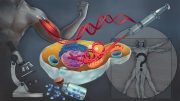
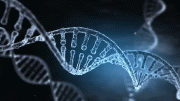

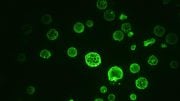


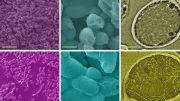
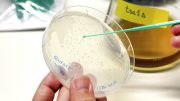
Be the first to comment on "Scientists Completely Define the Process of Methylation"